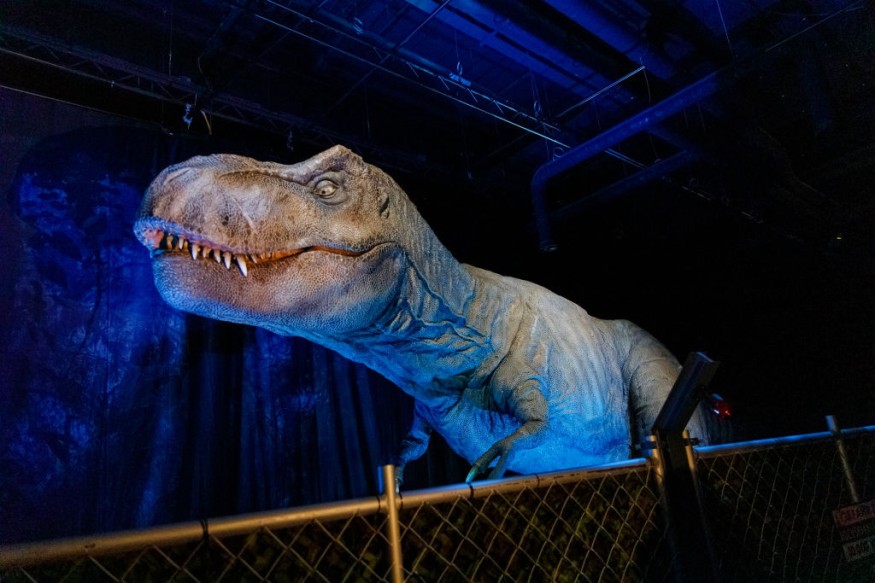
A latest study underscored three-quarters of all life on Earth, including the dinosaurs, perished when the asteroid Chicxulub, larger than Mount Everest, hit the Earth 66 million years ago.
However, the exact cause of the fatal blow that happened on the Yucatán Peninsula in Mexico has occupied experts for decades; large amounts of sulfur, volcanic eruptions, and wildfires that spew soot are all thought to be to blame.
Halt Photosynthesis
Previous studies have suggested that soot from wildfires and sulfur released during the impact, which formed the 112-mile-wide (180-kilometer-wide) Chicxulub crater, caused a global winter and a drop in temperature.
However, a recent study that was published on Monday in the journal Nature Geoscience indicated that the fine dust that was released into Earth's atmosphere after the impact that was formed from crushed rock probably had a bigger influence.
Experts pointed out that for over two years, plants were unable to photosynthesize-a biological process essential to life-due to the sun's interference caused by this dust.
"Photosynthesis shutting down for almost two years after impact caused severe challenges (for life)," said lead study author and planetary scientist Cem Berk Senel, a postdoctoral researcher at the Royal Observatory of Belgium.
The study noted that simulated changes in photosynthetic active solar radiation support a dust-induced photosynthetic shut-down for almost 2 yr post-impact.
Experts noted that with additional cooling contributions from soot and sulfur, this is consistent with the catastrophic collapse of primary productivity in the aftermath of the Chicxulub impact.
This resulted to the collapse of the food web that created a chain reaction of extinctions.
Scientists also used measurements of tiny particles retrieved from a site in North Dakota where a layer of dust created by the Chicxulub impact settled to run simulations of the ancient climate in order to better understand the roles played by the various elements.
Based on the simulations that were observed, the dust with the size of Dakota might have been shot into space and blasted into the atmosphere for as long as fifteen years.
Scientists said that up to 2,000 billion tons of material may have prevented photosynthesis for over two years and cooled the earth by up to 15 degrees Celsius by obstructing the sun's beams.
The silicate dust is the "most efficient blocker of photosynthesis," according tothe co-author of the paper, Philippe Claeys. Claeys is a planetary scientist and geologist at the Free University of Brussels.
Mystery Of Mass Extinction
According to paleontologist Alfio Alessandro Chiarenza, the research has cleared up some of the mysteries that are surrounding the mass extinction.
Chiarenza also said that the primary conclusion drawn from this study is that it offers more accurate limitations on the kind, characteristics, and duration of the fine dust component released from the impact site, which had a role in the world going dark during the impact winter.
Chiarenza also said this new information enables us to investigate the processes and duration more rigorously, shedding light on the mechanisms behind the blockage of solar radiation.
This could further result in photosynthesis shutdown and a significant drop in temperatures below the habitable conditions for non-avian dinosaurs.
Related Article : Chicxulub Asteroid: Scientists Discovered When the Dinosaur-Killing Asteroid Impacted Earth
© 2025 NatureWorldNews.com All rights reserved. Do not reproduce without permission.





